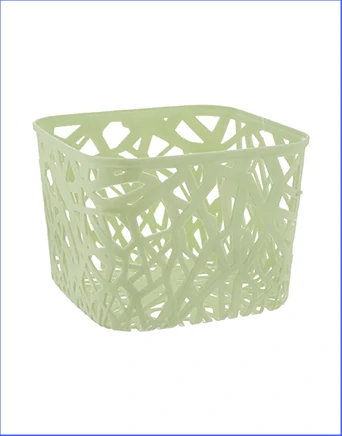Time to read: 6 min

Abstract:
3D printing technology is revolutionizing the consumer goods industry by enabling the production of customized and innovative products with remarkable precision. This advancement allows manufacturers to create a diverse range of items, from unique wearables to specialized eyewear, offering consumers unprecedented levels of personalization. As industrial 3D printing evolves, it brings significant changes to production, providing cost savings, rapid turnaround, and the capability to produce complex designs that traditional methods cannot achieve.
Body:
The Transformational Role of 3D Printing in Consumer Goods
The arrival of Industry 4.0 has introduced a new era in manufacturing, incorporating digital technologies such as IoT, AI, and machine learning. These technologies enhance automation, process optimization, predictive maintenance, and customer responsiveness. The consumer goods industry, traditionally reliant on conventional manufacturing methods, is now embracing 3D printing, particularly Fused Filament Fabrication (FFF), for its benefits in design flexibility, customization, and cost-effective prototyping.
Key Advantages of 3D Printing for Consumer Products
Complexity Without Additional Cost
3D printing excels in producing complex designs without incurring extra costs. Unlike traditional manufacturing, which requires expensive tooling and molds, 3D printing builds products layer by layer, simplifying the creation of intricate geometries and reducing the need for specialized tooling.
Customization and Personalization
3D printing facilitates customization, allowing manufacturers to produce items tailored to individual consumer needs. This capability promotes a deeper emotional connection with the brand, enhancing customer loyalty and satisfaction.
Rapid Prototyping
3D printing accelerates the product development process by enabling the quick creation of detailed prototypes. This technology allows for real-time testing and refinement, reducing time and costs associated with traditional prototyping methods.
Cost-Effective Small-Scale Production
3D printing offers significant material savings, labor efficiency, and reduced inventory and warehousing costs. It allows for on-demand production, minimizing waste and transport expenses.
Sustainability
3D printing is a sustainable manufacturing method, reducing material waste and promoting a cleaner environment. The use of biodegradable materials like Polylactic Acid (PLA) further distinguishes 3D printing from traditional methods that often rely on non-degradable plastics.
Material Diversity
3D printing provides a wide range of material options, including plastics, metals, and composites. This versatility allows manufacturers to tailor products to specific needs and functions, exploring innovative material combinations beyond the limitations of traditional manufacturing.
Real-World Applications of 3D Printing in Consumer Industries
3D printing is making significant inroads across various consumer industries, including footwear, eyewear, cosmetics, sports equipment, and more. Companies like Dr. Scholl’s, Adidas, and Chanel are leveraging 3D printing to offer customized insoles, midsoles, and mascara brushes, respectively.
How to Make the Right Choice Between Traditional and 3D Printing
Selecting between traditional and 3D printing depends on factors such as production volume, design complexity, part size, and cost. Unofactory, a leader in on-demand manufacturing services, offers expert guidance to help businesses make informed decisions.
Conclusion
3D printing is a transformative technology in the consumer goods industry, enabling manufacturers to develop innovative products that meet evolving consumer demands for customization and quality. With its potential for rapid prototyping, cost-effective small-scale production, and sustainability, 3D printing is set to become a staple in consumer product manufacturing.




